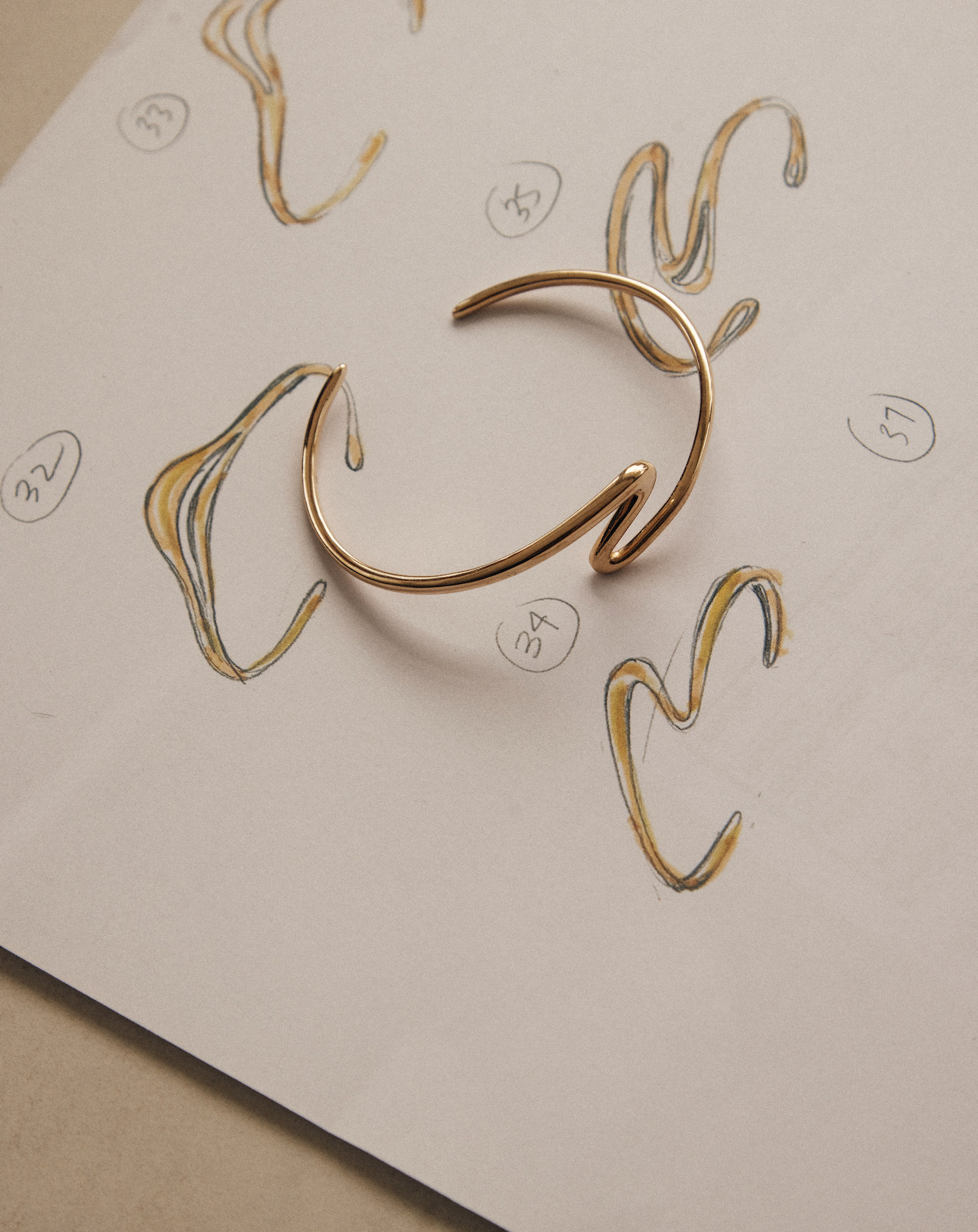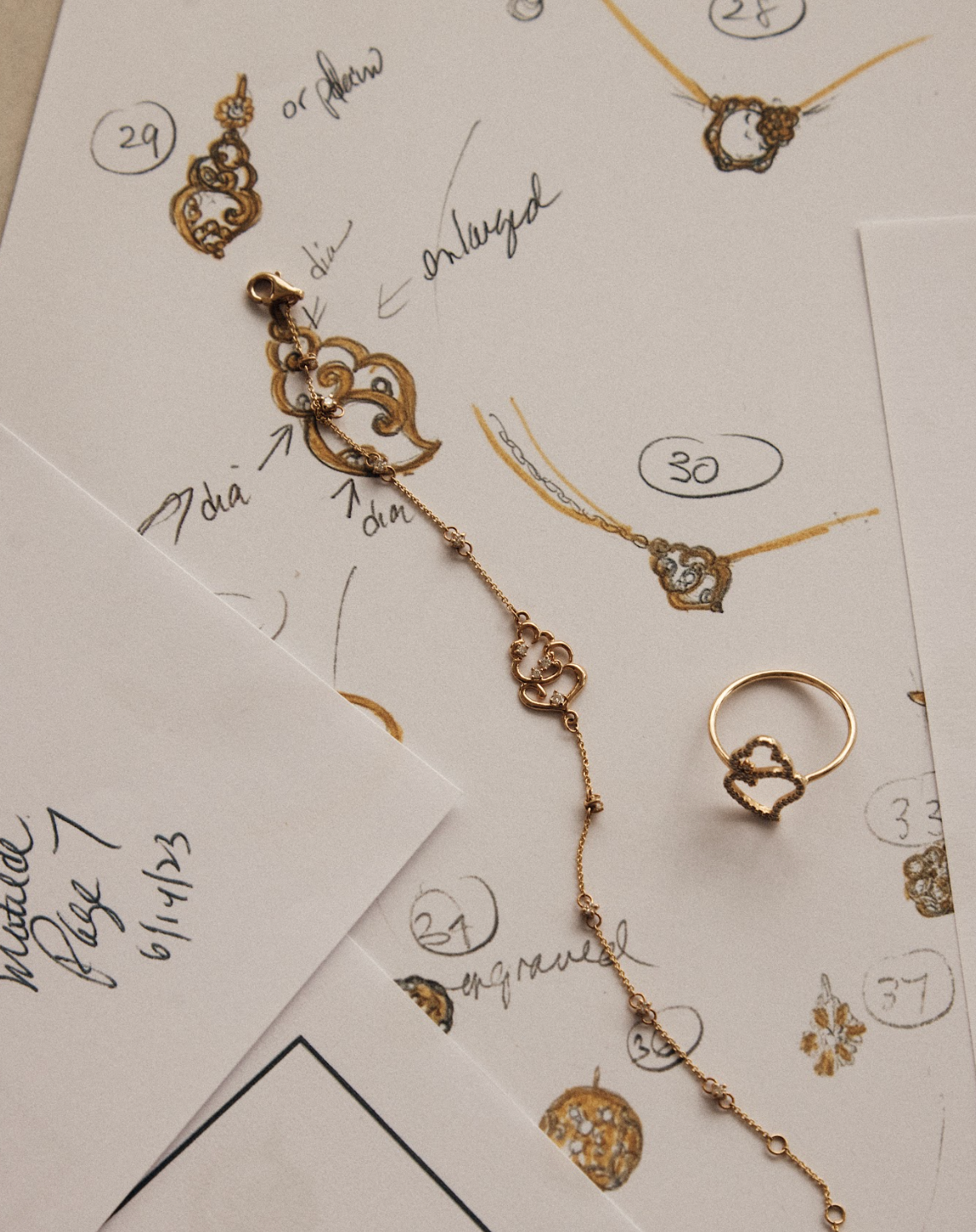What is a lab-grown diamond?
Lab-grown diamonds are diamonds in every way that matters: the chemical makeup is identical to a mined diamond; they have the same clarity and sparkle as a mined diamond; they are available in the same range of colours and sizes. Lab-grown diamonds are not fake diamonds – they are real, authentic diamonds. The one important difference is that they are man-made, grown in a lab instead of pulled out of the ground – but that’s why, in many people’s eyes, lab-grown diamonds are far superior to naturally occurring mined diamonds.
Why choose a lab-grown diamond?
Lab-grown diamonds are the more sustainable and ethical option, and therein lies part of their appeal. Whilst a lab-grown diamond can be said to be on a par with a mined diamond in terms of physical properties and overall aesthetic appeal, the way in which it differs is the selling point that brings it out on top.
Choosing a lab-grown diamond is a much more eco-friendly choice, and it’s the more humane choice; we’ve all heard about conflict diamonds – aka blood diamonds – where the proceeds go towards funding wars, but even if your mined diamond is conflict-free, it’s still taken its toll on the planet and the people who dig it out of the ground by the time it’s in your hands.
A lab-grown diamond is also a much more traceable option, which means you’ll know exactly where your diamond comes from. In comparison, mined diamonds can be extremely challenging to the point of nearly impossible to offer full traceability.
Increasingly, more conscious customers are realising that if you love diamonds but care about the planet we all live on, this is a way to do it without further harming our eco-systems. The difference between a sustainable, lab-grown, conflict-free diamond and a traditionally mined diamond is that choosing the lab-grown diamond helps protect the planet, in some small way, for the future.
How are lab-grown diamonds made?
Lab-grown diamonds are made by replicating the conditions that created their naturally-occurring cousins: carbon plus pressure and heat. However, whilst mined diamonds undergo their metamorphosis deep in the earth, lab-grown diamonds are made inside a machine (unsurprisingly) in a lab.
The are two ways of making lab-grown diamonds: CVD (chemical vapour deposition) and HPHT (high pressure high temperature).
HPHT is the older method; invented in the 1950s, HPHT kicks off the diamond formation process with a small diamond seed placed into pure carbon. The seed and the carbon are put under an immense pressure and heat designed to replicate the natural conditions that create naturally occurring diamonds. As the carbon melts, new diamond fragments form around the seed. After cooling, the newborn rough diamond is then ready to be cut and polished; at this point it is indistinguishable from a mined diamond without using specialist equipment.
CVD is a newer method of making lab-grown diamonds; although chemical vapour deposition has been used since the 1970s to create a thin film on a surface, it wasn’t used to make lab-grown diamonds until the 1980s. As with HPHT, it all starts with a tiny diamond seed placed in a sealed chamber that gets heated to around 800°C. A carbon-rich gas, typically methane (permanently repurposing one of the worst greenhouse gases on earth), is piped in; as the gas ionises, it breaks down into pure carbon that then covers the diamond seed in a thin film. This process happens over and over until the thin film builds up layer by layer into a diamond, at which point the diamond can either be cut and polished, or the process might be completed with a round of HPHT to enhance the diamond even further.
Both methods result in a sustainable, conflict-free, lab-created diamond that is as perfect as anything found in the ground.
Lab-grown diamonds vs naturally mined diamonds
There is no difference between lab-grown diamonds and mined diamonds; they are physically exactly the same, visually the same, chemically the same. Just as with mined diamonds, lab-grown diamonds are 100% carbon and have the exact same chemical properties as mined diamonds.
And, as with mined diamonds, lab-grown diamonds are assessed using the four Cs: cut, colour, clarity, and carat. Lab-grown diamonds have the same clarity that you would expect with a high-quality mined diamond. Lab-grown diamonds don't grow cloudy or discolour; they sparkle the same as mined diamonds, they have the same variations of colour and clarity, and they can come in the same shapes and sizes.
Are lab-grown diamonds real diamonds?
You’ve probably heard about the sparkly alternatives to diamonds: cubic zirconia; moissanite; white sapphire; sometimes even glass. These are not lab-grown diamonds; they are a diamond simulation. Pretty, but not the real deal. Lab-grown diamonds are not a diamond simulation – they are authentic diamonds, just without the environmental damage.
Do lab-grown diamonds last?
Diamonds are forever – and that means lab-grown diamonds too. Just as with mined diamonds, the shine of a lab-grown diamond will never dull, and they’re as durable as their naturally occurring counterparts – a lab-grown diamond can be placed in an engagement ring worn every day and will never scratch, chip or shatter, in exactly the same way you can rely on a mined diamond to last a lifetime and more.
Are lab-grown diamonds ethical?
Mined diamonds cause huge levels of environmental damage. The mining itself uses massive amounts of energy, and because the diamond mines are usually powered by diesel generators, that energy isn’t clean. Whilst creating a diamond in a lab does use energy, it’s a fraction of that needed to dig diamonds out of the ground – and as labs that set out to grow diamonds are usually fairly eco-conscious to start with, it’s more likely they also use renewable energy like solar for power. Lab-created diamonds also use significantly less water per carat during their production than it takes to bring mined diamonds to the surface.
Diamond mines are also responsible for destroying habitats and increasing deforestation – some quarries get so big they can be seen from space. Added to that, as the mining activities expose the sulphur-bearing minerals that were once deep underground to the oxygen and moisture in our atmosphere, sulfuric acid is created. This dissolves the heavy metals and forms an acidic pH solution packed with a cocktail of arsenic, cadmium, lead and more; it then leaches into the ground and quickly soaks into water supplies. Once there, it can pollute drinking water and harm aquatic plants and animals.
There is also a human cost in mined diamonds that simply isn’t present if you choose lab-grown, conflict-free diamonds: mining is dangerous and the people who go deep into the ground to pull out diamonds sometimes don’t come back out. Often there is no training, and no proper safety equipment; and even with training and safety equipment, accidents like landslides and mine collapses can still happen. In addition, once the quarry is exhausted and abandoned it still poses a threat: diamond quarries can fill with rainwater and provide the perfect conditions for mosquitos to breed, and with mosquitos comes malaria – another way in which surrounding communities are negatively affected by the presence of a diamond mine.
Whilst lab-grown diamonds do unavoidably have a carbon footprint, they cause only a tiny fraction of the damage mining can perpetrate – so in this way, lab-grown diamonds are the ethical choice.








